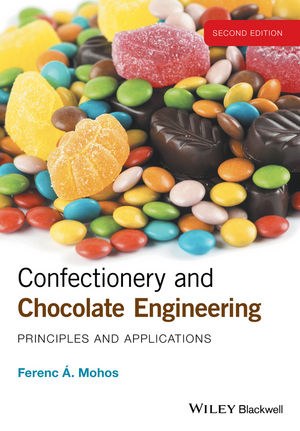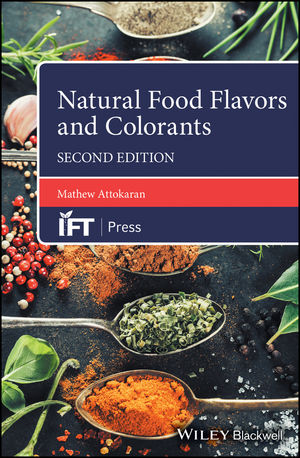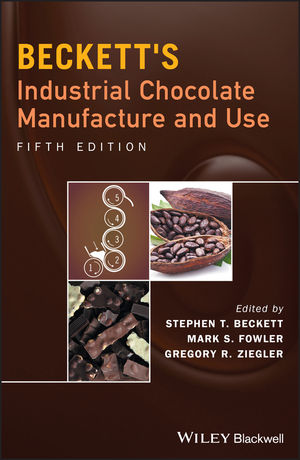Helping confectionery brands meet consumer demands via packaging
ACMA aims to provide customers with comprehensive solutions.

ACMA Carousel. Photos courtesy of ACMA

ACMA Carousel with CW 600


Candy Industry Senior Editor Liz Parker recently touched base with Roberto Lattarulo, marketing manager, ACMA (a Coesia company), on how the packaging company can help confectionery manufacturers with their goals, as well as meeting consumer demands.
Liz Parker: How does ACMA partner with confectionery brands to make their products look more appealing?
Roberto Lattarulo: ACMA boasts extensive experience in the confectionery sector and regularly collaborates with different type of customers, from large multinationals to small enterprises. With over a century of innovation, ACMA has transformed the confectionery and packaging industries, starting from the invention of the "Z-shaped" wheel in the early 20th century, which revolutionized the movement of the first automatic machines, to the latest developments in the field of flowpacking, wrapping, and robotics. What’s more, ACMA can provide customers with comprehensive solutions: from choosing the best type of packaging machine to selecting the optimal materials. The engineering experience gathered over the years allows the company to act as a leader in the case of complex projects, which involve the installation of various product lines. On top of all, ACMA is at the forefront, supporting the special projects of bigger players to meet their packaging needs through best-in-class engineering, creativity, and innovation.
LP: What about ensuring that they are better protected?
RL: ACMA has always been invested in developing solutions that ensure product safety. This commitment encompasses engineering packaging machines that combine impeccable aesthetics with superior mechanical strength even at high speed. Multi-style machines like our CW 600 or CW 1005 precisely serve this purpose, with the added advantage of having a machine that can work with multiple formats. Recently, we have also added a new wrapping style, the protected double twist, a particular double twist sealed with cold welding. This design has two major advantages: firstly, it better preserves the product's aroma, and secondly, it protects it from external factors such as water, heat, humidity, dust, and pests.
LP: What about using sustainable materials when applicable?
RL: Sustainability is a core value at ACMA, driving the company to invest significantly in new green packaging solutions. A proof to this commitment is the recent launch of ACMA Next, an innovative research and development laboratory in Bologna, Italy. Here, the fusion of creativity and advanced technological skills propels the exploration of new packaging frontiers, aimed at creating products that are both sustainable and cutting-edge. ACMA Next transcends the traditional laboratory model, functioning as an incubator where visionary ideas become tangible realities. Our unwavering commitment to this initiative is evident as we strive to exceed expectations, consistently prioritizing innovation and responsibility in our endeavors.
Central to ACMA Next is the Sustainability Lab, dedicated to researching the machinability of eco-friendly materials on ACMA machines, developing cutting-edge upgrade kits, and optimizing production processes. In collaboration with the Coesia Engineering Center (CEC), the Coesia Group's central R&D hub for machine innovation and new packaging materials, ACMA conducts precise laboratory analyses and machinability tests. The company focus includes paper-based, compostable, biodegradable, and mono-materials, with a team of experts always on hand to ensure the highest standards of performance. This collaborative approach harnesses a wealth of diverse experiences and expertise, united by a common goal: to discover optimal technological solutions, invest in sustainable materials, and actively contribute to a greener future. A notable innovation from these efforts is the Material Gate, a dedicated testing unit for experimenting with new sustainable materials for twist wrapping. This unit rigorously tests materials for wrapping flat-based or spherical products with double-twist closures, assessing their machinability and performance under mechanical stress. This exemplifies our commitment to pushing the boundaries of sustainable packaging technology.
LP: How have the needs of the confectionery industry changed over the last century?
RL: The confectionery industry has evolved significantly over the last century due to changes in consumer preferences, technology, regulations, and market dynamics. Modern consumers now demand healthier, low-sugar, organic, and ethically sourced products. Technological advancements have improved production efficiency and enabled new product innovations. Stricter safety and quality regulations require approved ingredients and accurate labeling. Globalization has expanded market reach, necessitating standardized processes, while customization trends offer personalized products. Sustainability is crucial, with a focus on eco-friendly packaging and sustainable raw material sourcing. Overall, the confectionery sector is one of the fastest-growing within consumer goods, both in consolidated markets like North America and in emerging ones like the Middle East. Over the last 10 years, the sector has undergone significant changes, partly due to shifts in lifestyle and consumption habits from the younger generations.
LP: What are packaging machinery manufacturers doing today to meet growing consumer demand?
RL: Packaging machinery manufacturers are addressing growing consumer demand in the confectionery industry through several proactive steps.
First, they are developing/upgrading machines for the management of new eco-friendly materials like biodegradable and recyclable packaging and innovating designs to reduce waste. ACMA is moving towards this direction with the ACMA Next laboratory explained before and the ACMA Cares Programme, a program designed to keep customer’s machinery at pace with technological development, guaranteeing performance throughout the entire life-cycle, and getting the most out of every single asset. This means customers also receive a constant up-to-date installed base and supporting services for extended usage, saving money and being more sustainable.
Secondly, automation, and IoT are enhancing efficiency and precision in packaging processes: ACMA has a complete offer in this sense, with different smart handling solutions that can enhance efficiency and reduce energy consumption, like Carousel, a patented infeed system for the management of flat-based chocolates, a highly efficient and compact solution for orienting pralines before the wrapping with ACMA CW 600.
Next, versatile machines that handle multiple formats, saving space and production time like our CW 600 or CW 800, and customizable solutions cater to diverse product lines and personalized designs.
Finally, high-speed machines like ACMA CW 1005 and quick changeover processes boost productivity.
LP: Do you have any predictions for packaging machinery growth, changes, etc. in the coming year?
RL: It is reasonable to expect a shift in the sector towards the production of foods—including chocolates—increasingly aligned with a healthy lifestyle. Additionally, attention to sustainability will remain high: the cost of the product throughout its entire life cycle will carry increasing weight; therefore, evaluating its Life Cycle Assessment (LCA) will become increasingly important. This will involve improving the quality of the final product and all upstream processes, including packaging. Packaging machines of the future will need to be both more flexible and more sustainability oriented.
Looking for a reprint of this article?
From high-res PDFs to custom plaques, order your copy today!










